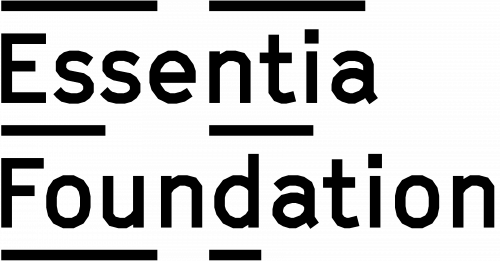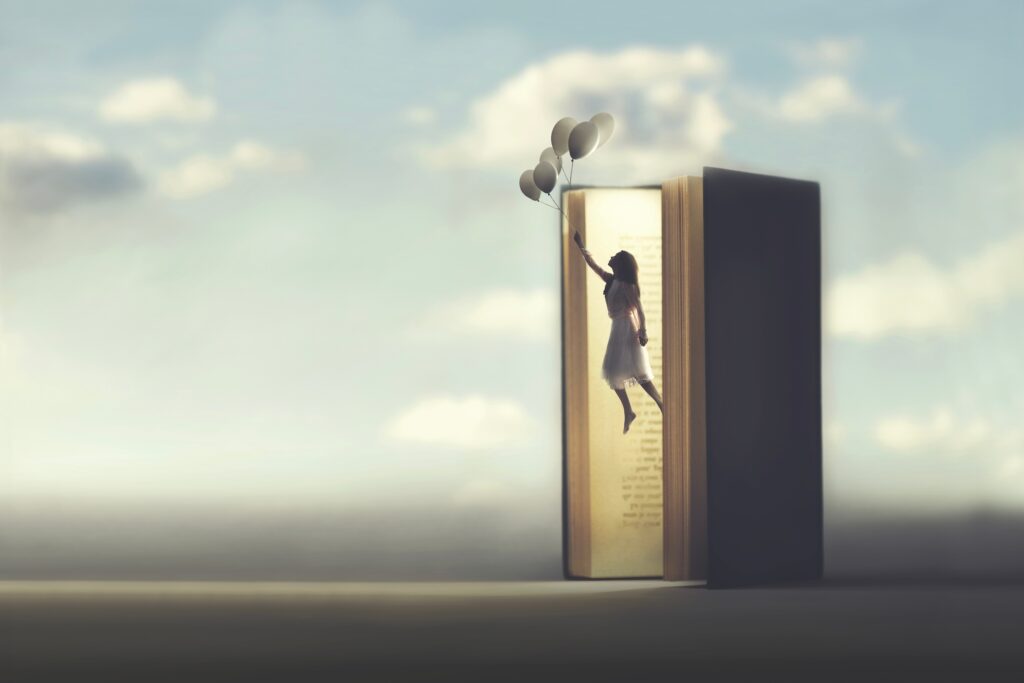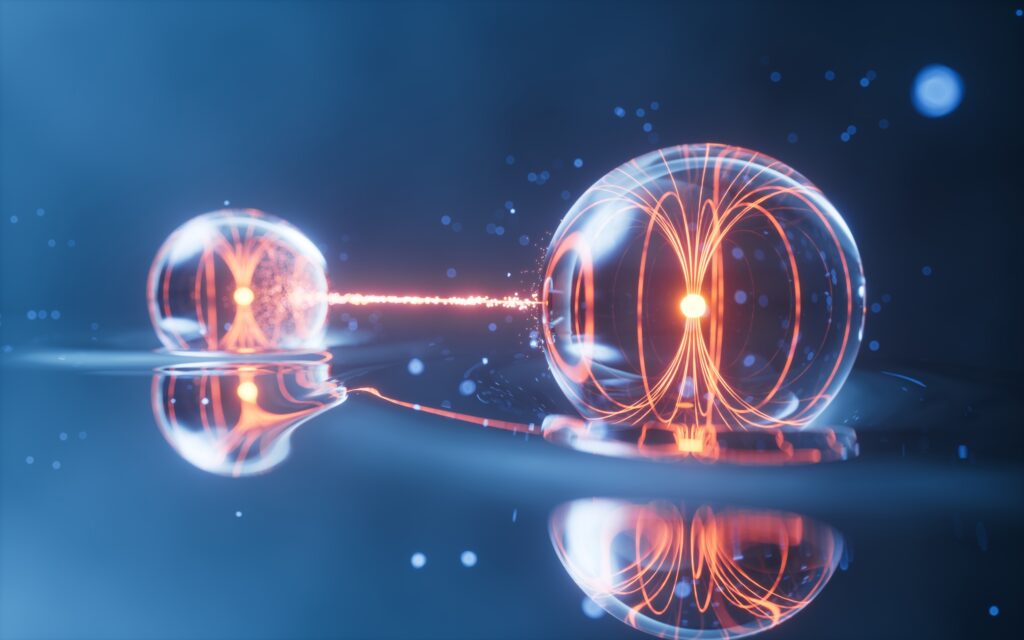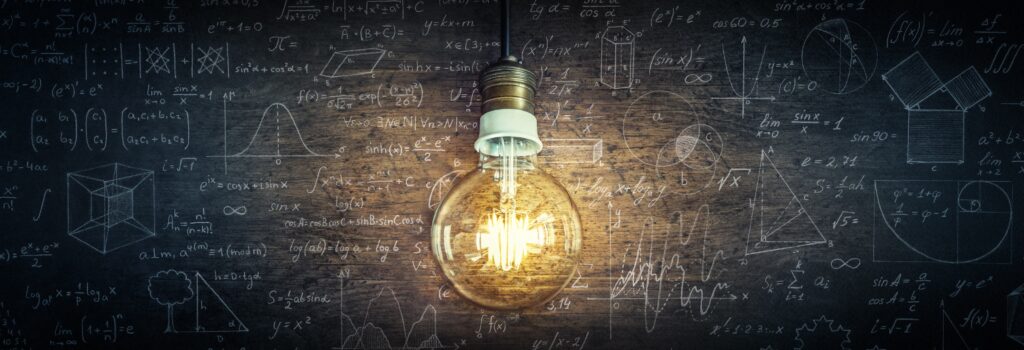If you dream of a triangle, where does the triangle exist?
Reading | Metaphysics
![]() Arthur Haswell, BA | 2024-07-06
Arthur Haswell, BA | 2024-07-06

When we dream of a triangle, we experience a geometric shape with the measurable characteristics—angles and lengths—of a triangle. But the neural correlates of this dream in the physical brain are not triangular. So if all that exists is physicality, where in the physical world is the dream triangle? In this essay, Arthur Haswell not only elaborates rigorously on this thought experiment, but also anticipates and addresses various possible objections. The conclusion, he claims, is that the experiment demonstrates that there is more to reality than what we colloquially call ‘the physical.’
One night you have a vivid dream. You are walking down a corridor. At the end of the corridor you can see a triangle, stencilled in bright red paint upon a white wall. You come right up close to it and touch it. The red paint is glossy, in contrast to the white matte of the rest of the wall. You run your finger around it, tracing its equal lines and turning with each of its angles.
We find triangles in various forms: as printed images in textbooks, as pixelated representations on screens, or even as shadows cast by objects that are not themselves triangular. These physical manifestations of triangles occupy space and possess measurable properties that align with our understanding of what constitutes a triangle. Even in the case of a shadow triangle, there are measurable physical properties (such as angles and dimensions) of light and shadow that correspond with the geometric concept of a triangle.
In contrast, when we dream of a triangle, there is no sign of there being a physical instantiation of the measurable geometric properties that correspond with the meaning of ‘triangle.’ While there may be neural activity associated with the dream, this activity does not arrange itself into the shape of the triangle we see. As far as we know from current neuroscience, we would not expect to find neural correlates of a dream triangle that would be isometric with the shape experienced in the dream. If we looked at the neural correlates of a dream triangle, we wouldn’t discover, hidden within them, a triangle that corresponds with the dream triangle in question.
This sets dream triangles (or other imagined triangles) apart from all other kinds of triangles we encounter in the physical world. Unlike physical manifestations of triangles, the dream triangle lacks physical instantiation despite having neural correlates. The dream triangle, while potentially vivid and detailed in the mind’s eye, does not occupy physical space nor does it have measurable properties outside the context of the dream. Yet the dream triangle, despite lacking a physical instantiation, might be experienced with an apparent concreteness indistinguishable from physical triangles. This underscores a significant distinction: the dream triangle manifests in a non-physical manner, challenging a purely physicalist interpretation of reality.
This distinction is crucial. A computer rendering of a triangle would not exist within the code itself; the code would simply be a set of instructions that, when executed, resulted in a triangle being instantiated on a visual display. The rendered triangle is physically instantiated only when it is presented on a visual display, such as an LCD screen, where it is measurable as a pattern of light. Before this rendering, there is no triangle. If a screen or projector is not connected to the computer, there is no triangle. The dream triangle, however, is never rendered as a triangle on any physical medium.
Some might argue that advancements in technology could one day allow for the physical rendering of dream triangles, for example by somehow linking an LCD screen to someone’s brain to display the triangle while it is dreamt of. This would certainly be remarkable, but it doesn’t touch the fundamental problem at hand. Perhaps one day someone could hook up a screen to my brain to display a triangle isomorphic with the triangle I am dreaming of, but what matters is the fact that the dream triangle would still be manifest without a screen being plugged into my brain (and therefore without the dream triangle being instantiated physically, as a triangle). What is crucial here is that a triangle, whether on a screen, in a dream, or as a shadow, retains certain geometric properties that we categorise as being triangular. Yet only in the case of a dream triangle is this triangularity not instantiated physically. The dream triangle appears within the dream, independent of any physical instantiation. The possibility of externalising this experience through technology does not negate the fact that the dream triangle, as it is manifested in the dream, exists without being physically instantiated.
Even if a computer were conscious and had its own internal dream triangle, this wouldn’t necessarily be relevant. If the computer were a conscious being and saw the triangle in its mind, just like we might do, then now the question would be “where is the dream triangle in the computer’s mind physically instantiated?” The response might be “in the code” or “in the activity of the hardware,” but then of course the point is that triangles are always physically instantiated as triangles. If we opened up the computer, we would not see the triangle it is dreaming of instantiated, as a triangle, in its circuit boards. It seems we are left with either having to accept that the dream triangle doesn’t exist in some sense, leading to some kind of particularly strong eliminativism (a price I suspect many wouldn’t be willing to pay), or that it does exist, but isn’t instantiated, as a triangle, in the physical, therefore making dream triangles exceptional from all other manifestations of triangles. For those who claim that there is nothing more or less than the physical, it is difficult to accept that the latter could be considered anything other than special pleading.
Why is it special pleading? Because it allows that there could be a triangle whose physical instantiation is without the geometric properties that constitute a triangle, something that does not occur with triangles anywhere else in reality other than in the case of a dream triangle and its neural correlates. As we’ve established, it’s not comparable to a triangle simulated on a computer. Of course, this lack of isomorphism doesn’t exclusively apply to triangles, or shapes of any kind, and there is no need for any kind of realism about shapes for the thought experiment to work. It’s just that the triangle happens to be a nice and simple concept, and it seems less meaningful to talk about a ‘re-presentation’ of the shape we call ‘triangle,’ as a ‘re-presentation’ of the shape we call a triangle could more simply be understood as just a triangle (unlike a drawing of a horse, which wouldn’t usually be understood as actually being a horse). This hopefully avoids getting into the weeds with questions about representation. In essence, the dream-triangle thought experiment is just a very simple way of making a point that could be made with horses rather than triangles. The problem is that someone could argue back that a dream horse isn’t a real horse, but just the representation of one. It’s true that you could then counter this by saying that, although the dream horse isn’t a real horse, there is still a question of how its representation is instantiated physically in the case of the dream and its NCCs (Neural Correlates of Consciousness). But this would potentially be a much more convoluted way of presenting the argument. The point of using the example of the dream triangle is simply that saying a triangle isn’t really a triangle seems very strange, if not so contradictory as to be meaningless.
Another counter argument might be something along the lines of “but no triangle is really a perfect triangle.” But this would be to miss the point, which is to use the triangle as an example only because it is very simply delineated. Theoretically, you could substitute it with anything, as the thought experiment is simply intended to illustrate that the lack of isomorphism between NCCs and mental phenomena is highly exceptional, or even unique. I picked triangles because it seems intuitively less meaningful to speak about a ‘re-presentation’ of a triangle, given that a representation of a triangle is simply a triangle (or at least no less a triangle than anything else with the geometric properties we would usually take to constitute a triangle). It might be meaningful to refer to a representation of a particular instance of a triangle (for example a drawing of a particular triangle painting in a gallery), but it wouldn’t seem to make sense to say of any triangle that it is a ‘re-presentation’ of the shape known as a triangle. In short, there is no other reason I use the example of the triangle other than to avoid confusion about questions of representation.
Another response might be something along the lines of, “But for someone who thinks that everything ultimately boils down to physical things and their interactions, and yet has already accepted that neural activity doesn’t have to be isomorphic with mental activity, surely this isn’t a problem?” The strangeness of such a view is illustrated by the point that, if the brain is analogous to a computer that renders a triangle on a screen, there is no physical counterpart to the screen in the analogy. Or in other words, there is a lack of physical instantiation of the dream triangle as a triangle (with the geometric properties of a triangle). Given that all other triangles that exist ‘externally’ are physically instantiated as triangles, to suggest that this doesn’t apply to dream triangles seems like special pleading.
Finally, another counter argument might be that, in fact, a triangle is instantiated as a triangle in a computer simulation, even without it being outputted to any visual display. Yet, I see no reason to believe this to be the case. For example, in a 2D graphics framework, the instruction for a triangle would be something like: ‘triangle(x1, y1, x2, y2, x3, y3).’ Essentially, this is just a way of instructing the software to take three sets of ordered pairs, make three points on a grid, and draw lines between them. Or, to simplify it even further, the user is doing little more than writing an instruction to make specific pixels light up on the computer’s monitor. These instructions only make sense if you have a visual display that is set up in a rectangular grid with pixels arranged in a certain order. Furthermore, it only works or even makes sense if there is a display device designed such that the human eye can perceive and interpret it.
A further way of clarifying this point is to imagine a simulation with several triangles moving randomly in a 2D framework. The simplest rule of the simulation is, “If a point of a triangle touches another, it disappears. The last triangle that survives is shown on screen.” Would it be correct to consider the triangles that have disappeared as currently ‘instantiated’ as triangles? The answer is no. Thinking the instructions for rendering the triangles are triangles themselves is akin to thinking you can feed someone with a recipe rather than actual food.
While I’m aware that this thought experiment cannot be considered to conclusively prove any metaphysical thesis to be true or false, my hope is that it might trigger a change of aspect.
Here is a brief summary of the argument, broken down into bullet points:
- In a computer simulation, what we perceive as a triangle is the result of programming code that defines behaviours and properties, but it does not create a triangle within the computer’s memory or processing units.
- The simulation contains the potential for a triangle, but this potential is not realized as a physical shape until it is rendered on a screen.
- When the simulation is run and the image is displayed on a screen, the pixels align to create the visual form of a triangle. This is the moment when it can be said that the triangle exists physically, as a pattern of light on the screen.
- Unlike the triangles in simulations, which are physically instantiated on screens or other visual displays, triangles in dreams do not have a physical form or location.
- The dream triangle, while it may have neural correlates, is not instantiated as a triangle in the brain or anywhere else in physical space. Here, there is no equivalent to the screen in the computer simulation analogy.
- This distinction reinforces the argument that not all experiences of triangles are physically instantiated.
- It supports the position that the mind can experience dream triangles in a non-physical way.
- This of course does not necessarily solely apply to dream triangles, but potentially myriad mental phenomena.
Or, even more simply:
- It is contradictory to say a triangle isn’t a triangle.
- It is tautologous to say a triangle is a triangle.
- Therefore a triangle in a dream is a triangle.
- A dream triangle is not instantiated, as a triangle, in the physical.
- Therefore a dream triangle is a triangle, but it is not physical.
- Therefore there is more to reality than the physical.
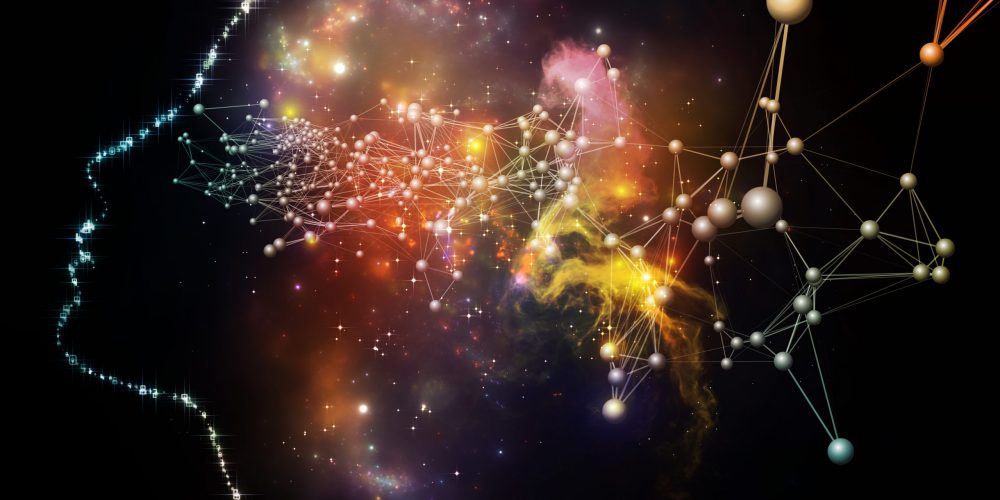
Essentia Foundation communicates, in an accessible but rigorous manner, the latest results in science and philosophy that point to the mental nature of reality. We are committed to strict, academic-level curation of the material we publish.
Recently published
Reading
Essays
Seeing
Videos
Let us build the future of our culture together
Essentia Foundation is a registered non-profit committed to making its content as accessible as possible. Therefore, we depend on contributions from people like you to continue to do our work. There are many ways to contribute.

